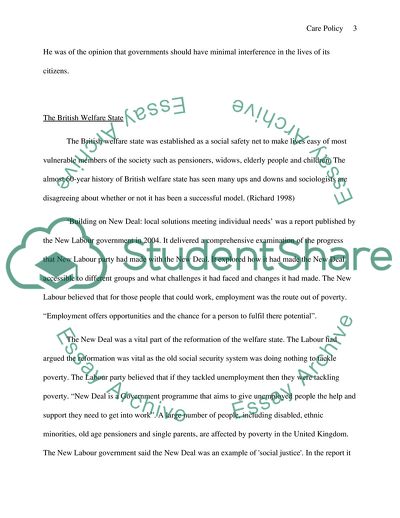Cite this document
(Introduction to Care Policy Coursework Example | Topics and Well Written Essays - 1500 words, n.d.)
Introduction to Care Policy Coursework Example | Topics and Well Written Essays - 1500 words. https://studentshare.org/macro-microeconomics/1737222-introduction-to-care-poilcy
Introduction to Care Policy Coursework Example | Topics and Well Written Essays - 1500 words. https://studentshare.org/macro-microeconomics/1737222-introduction-to-care-poilcy
(Introduction to Care Policy Coursework Example | Topics and Well Written Essays - 1500 Words)
Introduction to Care Policy Coursework Example | Topics and Well Written Essays - 1500 Words. https://studentshare.org/macro-microeconomics/1737222-introduction-to-care-poilcy.
Introduction to Care Policy Coursework Example | Topics and Well Written Essays - 1500 Words. https://studentshare.org/macro-microeconomics/1737222-introduction-to-care-poilcy.
“Introduction to Care Policy Coursework Example | Topics and Well Written Essays - 1500 Words”. https://studentshare.org/macro-microeconomics/1737222-introduction-to-care-poilcy.


